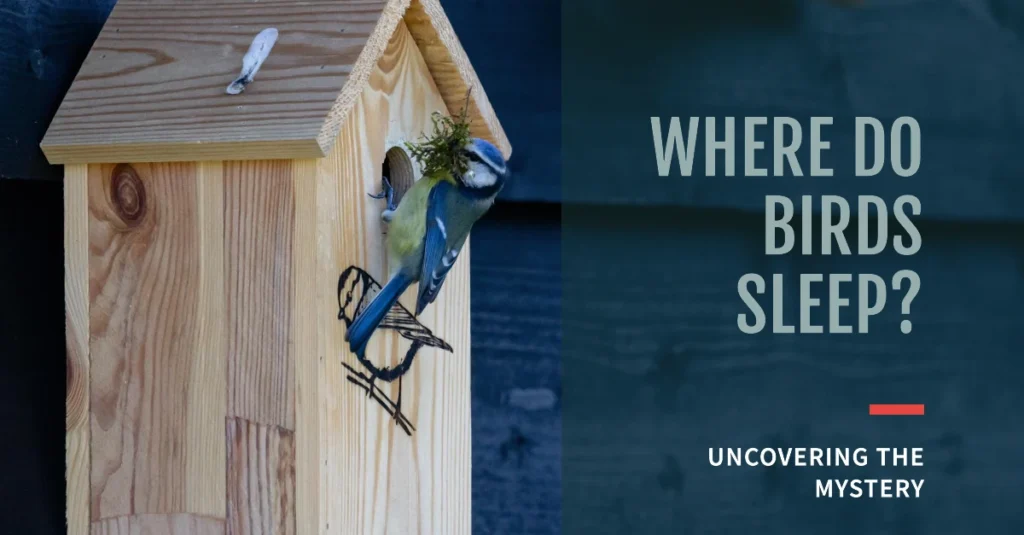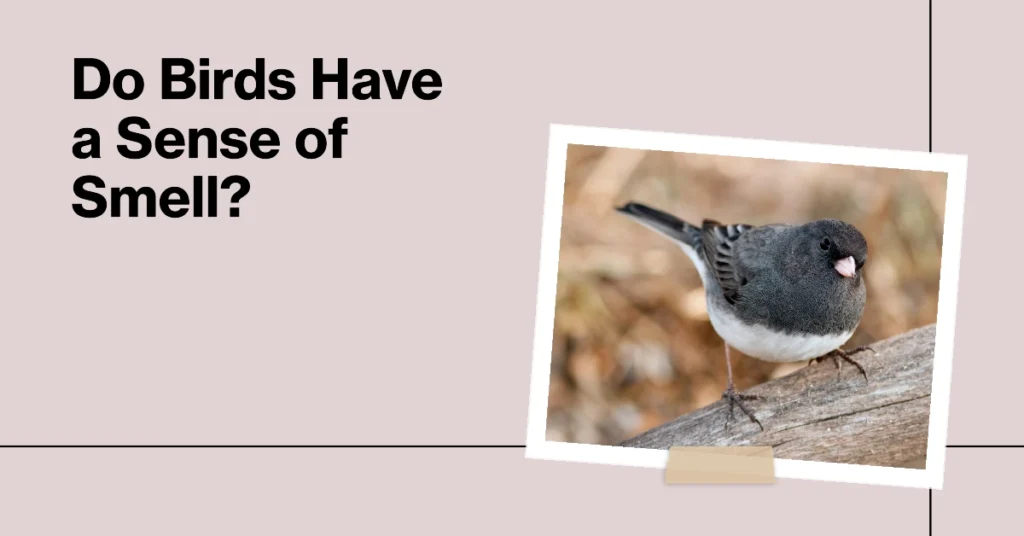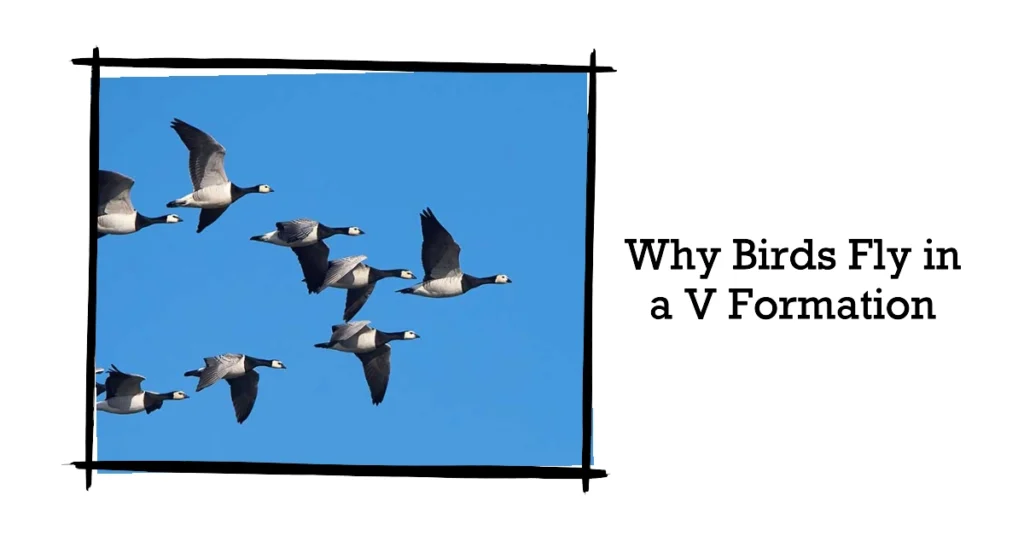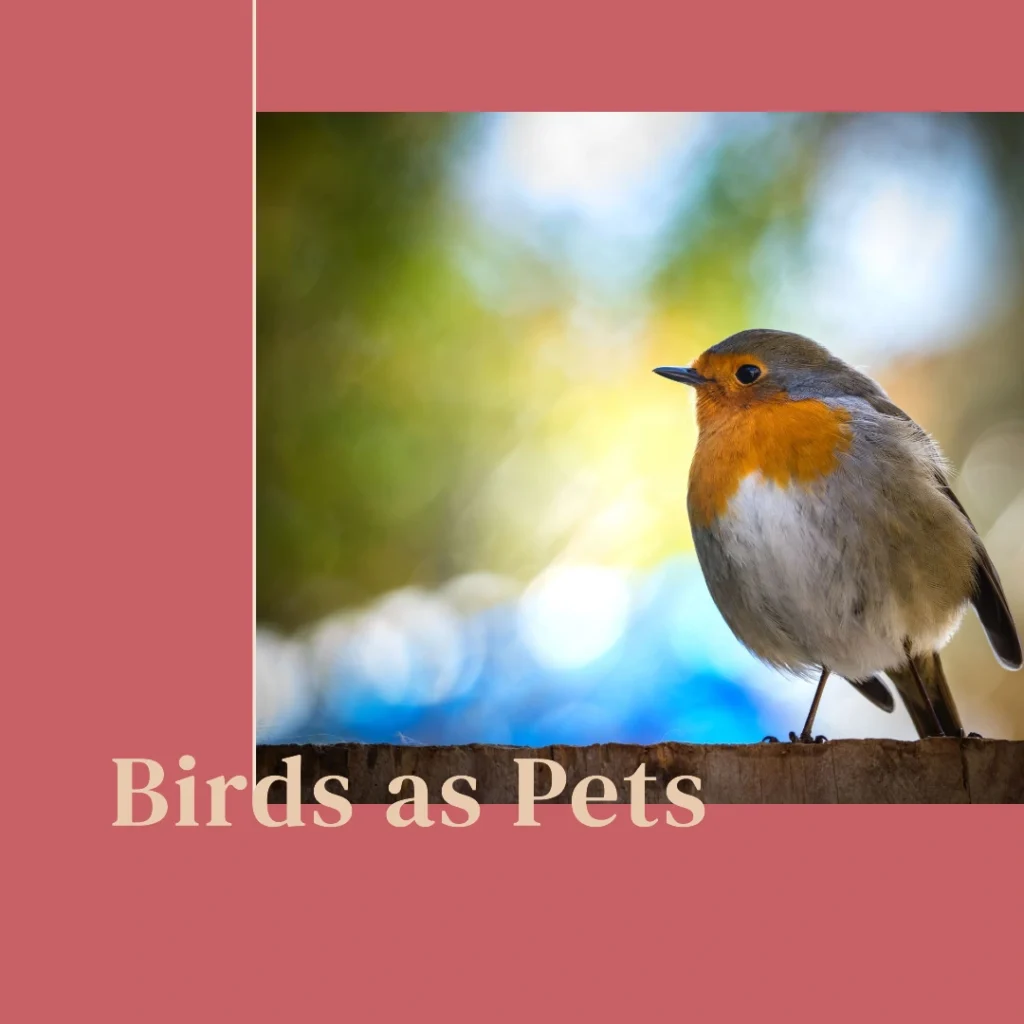
Birds, like all animals, need sleep to rest and rejuvenate. However, their sleeping habits are quite unique and fascinating. This article explores how birds sleep, where they sleep, and the different sleep patterns they exhibit. We’ll also delve into the concept of unihemispheric slow-wave sleep, which allows some birds to sleep with one eye open.
Birds Sleep at Night
Birds are generally diurnal, meaning they are active during the day and sleep at night. However, their sleep patterns can vary significantly depending on the species. For instance, nocturnal birds like owls are active at night and sleep during the day.
Sleep Duration and Patterns
The amount of sleep birds need varies depending on the species, age, and season. On average, most birds require around 10 to 12 hours of sleep per day. However, some birds, like owls and hummingbirds, may sleep for longer or shorter periods.
Baby birds and young birds tend to sleep more than adults, as they need extra rest for growth and development. During migration seasons, birds may alter their sleep patterns to accommodate the demands of their long journeys.
| Bird Type | Sleep Duration |
| Songbirds | 10-12 hours |
| Owls | 12-14 hours |
| Hummingbirds | 8-10 hours |
| Migrating birds | Varies |
Table : Sleep duration for different types of birds
Where Do Birds Sleep at Night?
Birds have various sleeping spots, depending on their species and habitat. Here are some common places where birds sleep:






- Nests: Many birds sleep in their nests, especially during the breeding season. Nests provide a safe and comfortable place for birds to rest.
- Perches: Perching birds, like sparrows and finches, often sleep while perched on branches. They have a special tendon in their legs that locks their feet onto the perch, preventing them from falling.
- Roosts: Some birds, like starlings and crows, sleep in large communal roosts. These roosts can provide warmth and protection from predators.
- Ground: Ground-dwelling birds, like ducks and geese, often sleep on the ground or in shallow water.
Unihemispheric Slow-Wave Sleep
One of the most fascinating aspects of bird sleep is unihemispheric slow-wave sleep. This type of sleep allows birds to rest one half of their brain while the other half remains awake. This adaptation is particularly useful for birds that need to stay alert for predators or other dangers. Birds can sleep with one eye open, keeping half of their brain awake to monitor their surroundings.
Sleep While Flying
Some birds, like swifts and certain species of waterfowl, can sleep while flying. This ability is especially important for migrating birds that travel long distances without stopping. Unihemispheric slow-wave sleep allows these birds to rest while still maintaining control over their flight.
Sleep Patterns
Birds exhibit different sleep patterns, including:
- Slow-Wave Sleep (SWS): This is a deep sleep phase where the brain waves slow down. It is crucial for physical and mental restoration.
- Rapid Eye Movement (REM) Sleep: Birds also experience REM sleep, although it is shorter and less frequent than in mammals. During REM sleep, birds may exhibit eye movement and slight muscle twitches.
How Birds Prepare for Sleep
Birds have various behaviors and adaptations to prepare for sleep:
- Fluffing Up Feathers: Birds fluff up their feathers to trap air and create an insulating layer, keeping them warm during sleep.
- Tucking Beak: Many birds tuck their beak under their wing to conserve heat and protect their head.
- Choosing Safe Locations: Birds often choose sleeping spots that offer protection from predators and harsh weather conditions.
Nocturnal Birds

Nocturnal birds, such as owls, have different sleep patterns compared to diurnal birds. They are active at night and sleep during the day. These birds have adaptations like enhanced night vision and silent flight to help them hunt in the dark.
Sleep Deprivation in Birds
Like humans, birds can suffer from sleep deprivation. Lack of sleep can affect their health, behavior, and ability to perform daily activities. Birds need a quiet, safe, and dark environment to get the rest they need.
Table: Common Sleeping Habits of Different Bird Species
| Bird Species | Sleeping Habit | Location |
| Sparrows | Perch | Branches |
| Ducks | Ground or shallow water | Ground or water |
| Owls | Roost during the day | Trees or caves |
| Swifts | Sleep while flying | Air |
| Starlings | Communal roosts | Trees or buildings |
| Robins | Nests | Trees or shrubs |
Conclusion
Birds have developed a variety of fascinating adaptations to ensure they get the sleep they need. From unihemispheric slow-wave sleep to sleeping while flying, these adaptations help birds stay safe and healthy. Understanding these unique sleep patterns can give us a deeper appreciation for the complexity and diversity of bird behavior.
By learning about where and how birds sleep, we can better appreciate the incredible adaptations that allow them to thrive in their environments. Whether it’s a robin roosting in a laurel tree or a swift sleeping mid-flight, the world of bird sleep is truly remarkable.








